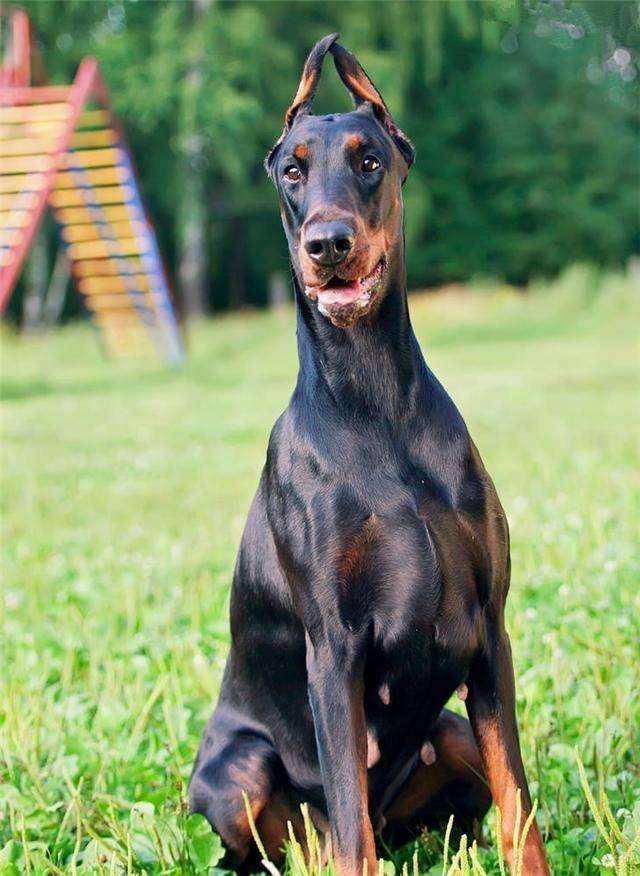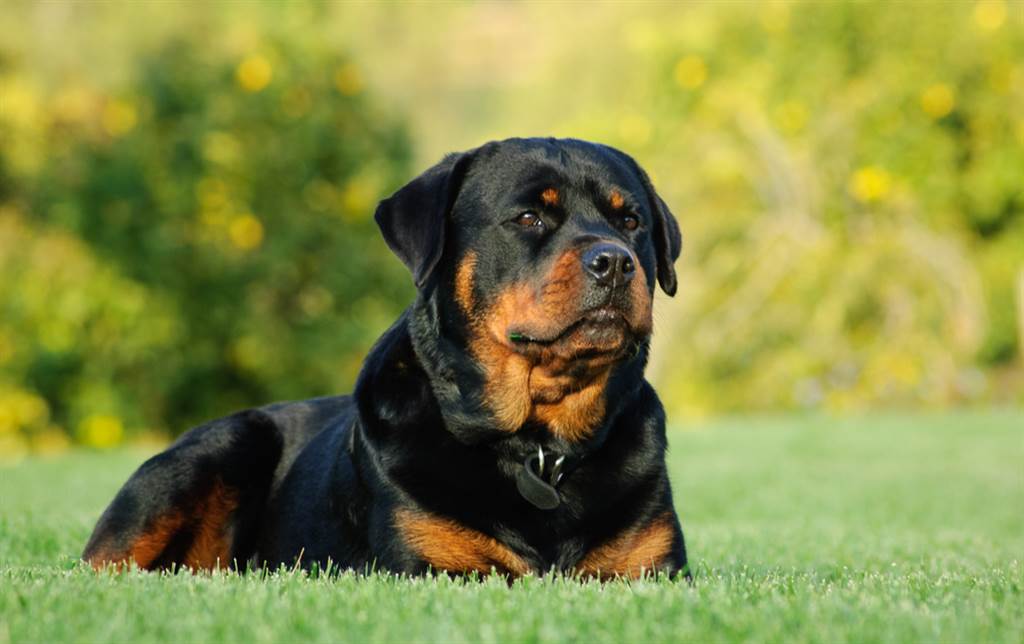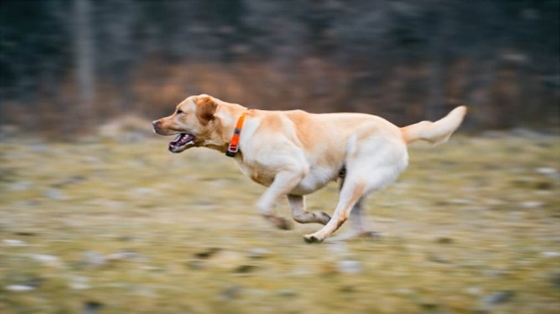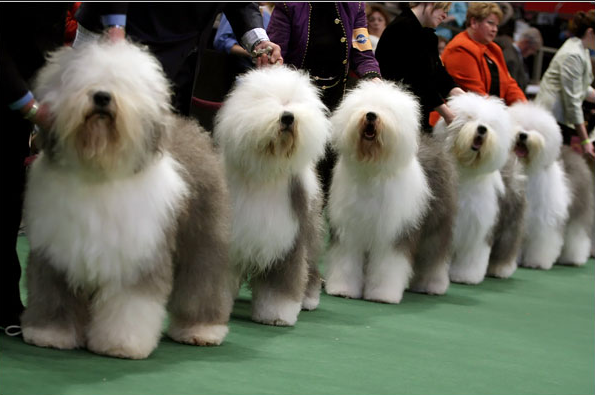Alaskan Malamute, also known as the Alaskan Malamute, is one of the oldest sled dogs. It originated in the United States and is classified in the Working Group by the AKC. It was bred for endurance rather than speed, making them primarily used for sled pulling due to its well-developed limbs and robust physique. Alaskan Malamutes mature into quiet and dignified companions, displaying loyalty to their owners.
Latin name: Alaskan Malamute Also known as: Alaskan Dog, Alaskan Malamute, Alaskan Malamute Binomial name: Canis lupus familiaris Kingdom: Animalia Phylum: Chordata Subphylum: Vertebrata Class: Mammalia Subclass: Theria Order: Carnivora Suborder: Caniformia Family: Canidae Subfamily: Caninae Tribe: Canini Genus: Canis Subgenus: Canis Species: lupus Subspecies: familiaris Related breeds: Siberian Husky, Samoyed Size: Large Uses: Sled dog, Guard dog, Working dog Lifespan: 12 to 15 years

3. Morphological Characteristics of Alaskan Malamute:
Alaskan Malamutes are large, with a fluffy coat, handsome appearance, and a wolf-like stern expression. Their temperament is friendly despite the imposing appearance, often confused with Huskies, but Malamutes are larger and have longer fur.
Physical Characteristics: According to AKC standards, the ideal size for males is 25 inches (63.5 cm) at the shoulder, weighing 85 pounds (39 kg), and for females, 23 inches (58.4 cm) at the shoulder, weighing 75 pounds (34 kg). Generally, males between 22-27 inches and females between 21-25 inches are acceptable. Individuals outside this range are considered undesirable.
Coat: The Malamute has a dense, double coat with a thick undercoat and a harsh outer coat. Colors include white, smoke gray, black, red, and sable, with various facial markings. Long coats and certain color patterns are considered defects.
Head: The head is broad and deep, not appearing coarse or clumsy. Eyes are almond-shaped, medium-sized, and brown, with a preference for darker shades. Blue eyes are a disqualification. Ears are triangular and medium-sized, set wide apart.
Tail: The tail is carried over the back when not working, with a plume of soft hair. Curling to either side is acceptable, but tight coils or short brush-like tails are considered faults.
Body: The neck is strong, slightly arched, and the chest is well-developed. The back is straight, sloping slightly towards the hindquarters. A lengthy loin is a fault. The body is sturdy, not short. The limbs are straight and muscular, with snowshoe-shaped feet and thick, tough paw pads.
4. Temperament of Alaskan Malamute:
Alaskan Malamutes are affectionate and intelligent, often described as “gentle giants.” They can be stubborn, requiring patient training. They are friendly but may show aggression towards other dogs on their territory. Socializing from an early age is recommended.
5. Care Tips for Alaskan Malamute:
Due to their strong communication skills and impressive appearance, Alaskan Malamutes are increasingly popular as pets. Owners need to pay attention to their sensitive stomachs. The breed’s intelligence requires mental stimulation, and regular exercise is crucial for their well-being.




